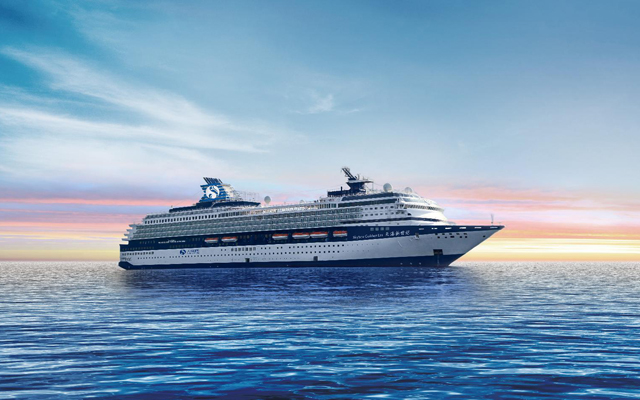End of SkySea shows Chinese prefer global cruise brands
22 Mar 2018
The first Chinese cruise company targeting the mid- to high-end mainland China market will be gone by the end of this year, proving a short-lived experiment by Ctrip and Royal Caribbean Cruises and spotlighting once more the question: do Chinese really want a ‘China-centric’ brand?
Those who believe that Chinese passengers prefer global cruise brands win the bet in this round. When asked why Ctrip and Royal Caribbean are ending the joint venture after only three years in the waters, SkySea outlined the reason: The market has made it clear that it prefers newer, bigger ships from other well-known global brands. It is hard for a local Chinese brand to gain awareness among the competition now. Shareholders have agreed this makes the most sense for the global deployment strategy of the Royal Caribbean brands.
How times have changed in just three to five years for the Chinese cruise market. SkySea Holdings was established in 2013, with Ctrip and Royal Caribbean owning 35 per cent each in the venture, while Shanghai-based private equity firm Stone Capital holds the rest. It is indeed the first “real” Chinese cruise company (i.e. not built for ‘the gambling at high seas’ crowd) and it is a wager that the Chinese will take cruising like fish to water if a line fields ships that meet their specific needs.

Any wonder that its first – and lone – ship is named the Golden Era. It was the former Celebrity Century, an aged Royal Caribbean ship which first entered service in December 1995 and was retuned to meet Chinese needs in 2006.
With hundreds of new balconies, brighter paint schemes, a grand new staircase, a chandelier with LED lighting, a more modern and spacious retail area, more table games in the casino to appeal to Chinese preference for group play, the addition of two Asian restaurants, a traditional teahouse and a new spa, it started operation in 2015 and was SkySea’s torchbearer as “the first contemporary cruise line specifically created for the Chinese market”.
However, in the past three to five years, the global cruise lines have also made a flotilla for the Chinese market, including even Royal Caribbean, which anointed the first-ever Chinese nationality godmother for a ship – famous actress Fan Bingbing for its most technologically advanced cruise ship, Ovation of the Seas.
Genting Hong Kong, parent of Star Cruises, fielded “the first Asian luxury cruise line”, Dream Cruises, basing the inaugural ship, Genting Dream, in Guangzhou. Norwegian Cruise Line re-entered Asia and based the Norwegian Joy in Shanghai – “a ship that Chinese VIPs deserve”, it told this editor.
Likewise, Princess Cruises with the Majestic Princess, also based in Shanghai. MSC Cruises reconfigured the MSC Lirica to suit Chinese needs, while Costa Cruises, one of the first international cruise lines to tap the China market, ordered two new ships built with the China cruise market in mind, to be delivered in 2019 and 2020.
In short, the Chinese are now so spoilt with newer ships, global brands, and prices going south as capacity goes north. The announcement that Ctrip and Royal Caribbean are ending the joint venture by autumn comes even as SkySea are making big announcements, including its most expansive deployment of the Golden Era to a record five seasonal homeports this year and for the first time to Taiwan.
Asked if he was surprised by what seemed an abrupt ending, SkySea Cruise Line CEO, Ken Muskat, said: “We never stop being creative and aggressive, and even with this latest announcement, we will continue to do everything to provide guests sailing on Golden Era during our last season with the best cruise experience possible.”










